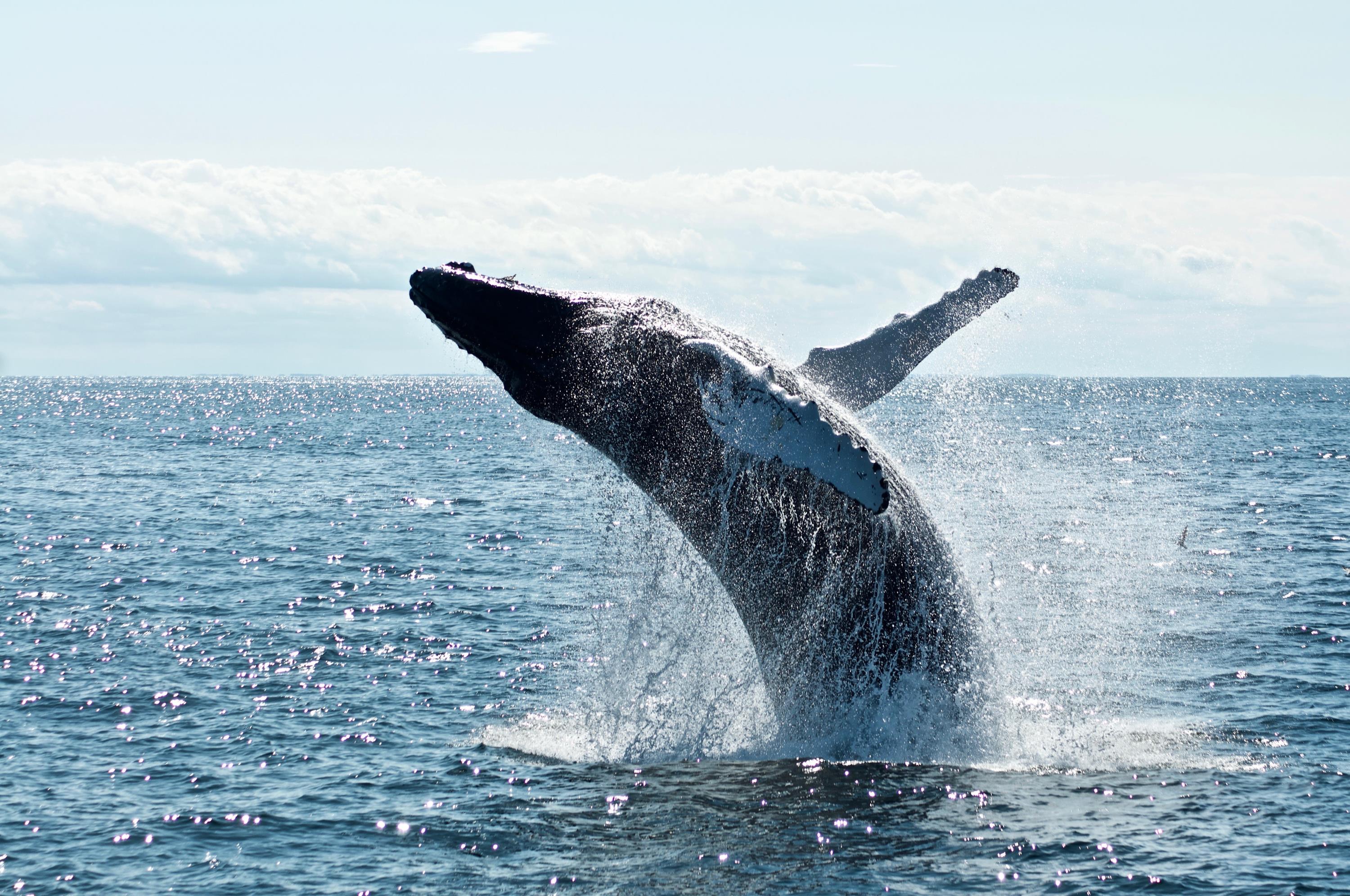
Shoaling And Lee Shores
When a deep-water wave reaches shallower water, its characteristics will change. The apparent "movement" of a deep-water wave is actually a moving pulse of pressure; individual water particles rotate within the wave crest as the pulse passes. Once a wave "feels the bottom," it slows down. The period remains unchanged, however, so the wave becomes slower, shorter, and taller. As water depth decreases, wave height increases, until the wave becomes unstable and breaks. The water particles in a breaking wave no longer rotate within the wave crest; instead they rush down its face.
If the breaker forms gradually (a slower-moving wave hits a gently sloping beach), the waves will form "spilling" breakers with the water tumbling down the sloping face of the wave. If the breaker forms quickly (a faster-moving wave hits a more steeply sloping shoreline), then a "plunging" breaker forms; the face becomes vertical, curls, and then collapses into the trough. This is the classic surfing wave. The plunging breaker generally contains more energy and is therefore more dangerous.
Breaking waves of any height are much more dangerous than even significantly larger ocean swells. The surface force of a breaking wave has the tendency to turn a boat broadside – the "log effect." A breaking wave equal in height to the beam of the boat is likely to capsize a boat.
Depths At Which Breakers Will Form
The critical question for boaters is at what depth breakers will form, particularly when approaching a lee shore. A series of calculations well beyond the scope of this article will answer that question exactly by calculating three important factors: the wave's size and steepness, the depth of the water, and the shape of the bottom contour.
Fortunately, for the boater approaching a lee shore, there are several rules of thumb to help you calculate safe water depth for a given weather forecast. One of the most reliable is professional offshore navigator Stan Honey's rule (see "Practical Takeaways" below). So for a forecasted 15-foot swell and 7-foot wind-wave, the minimum safe water depth would be 55 feet (add 15 and 7 to get 22, then multiply by 2.5).